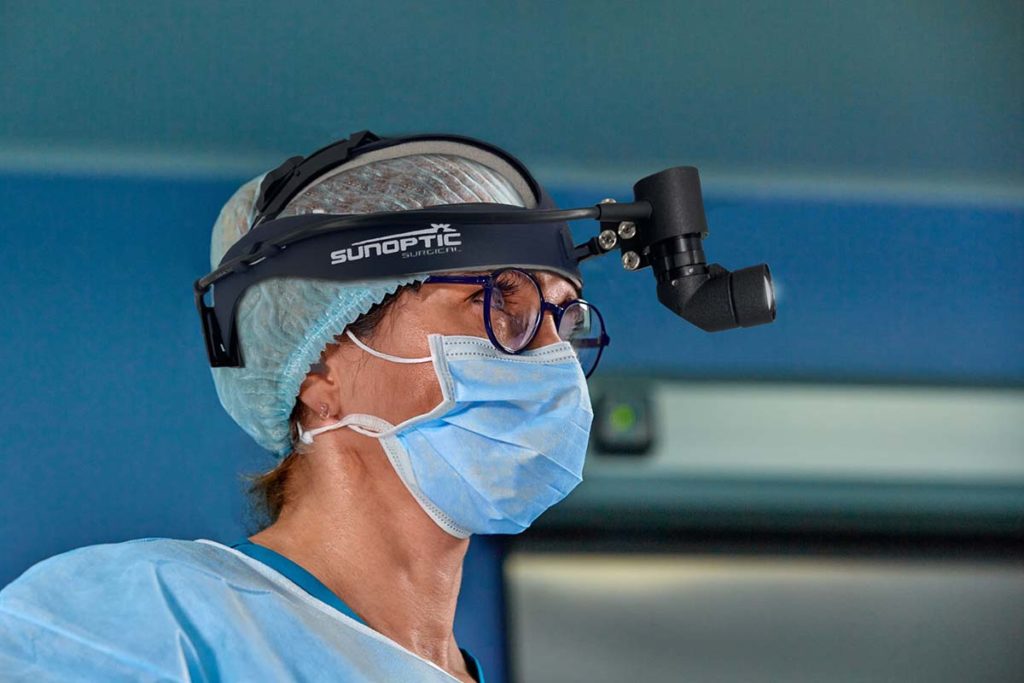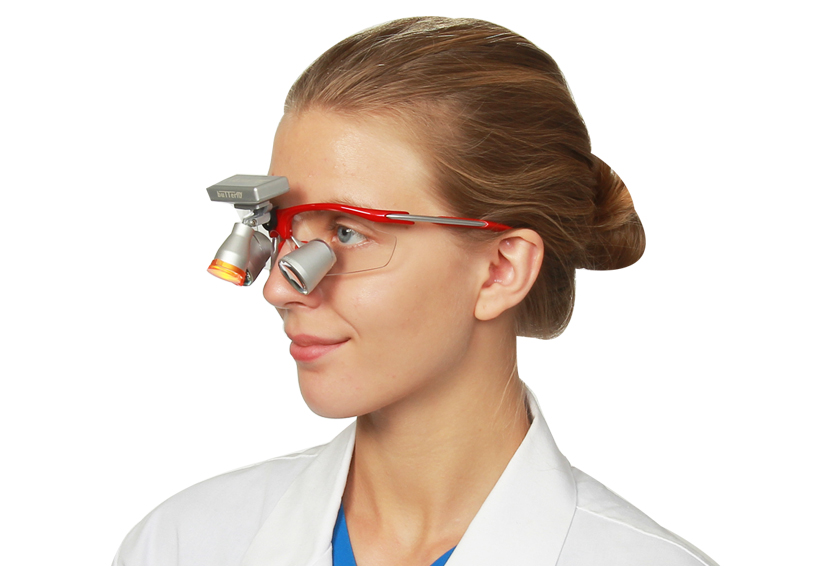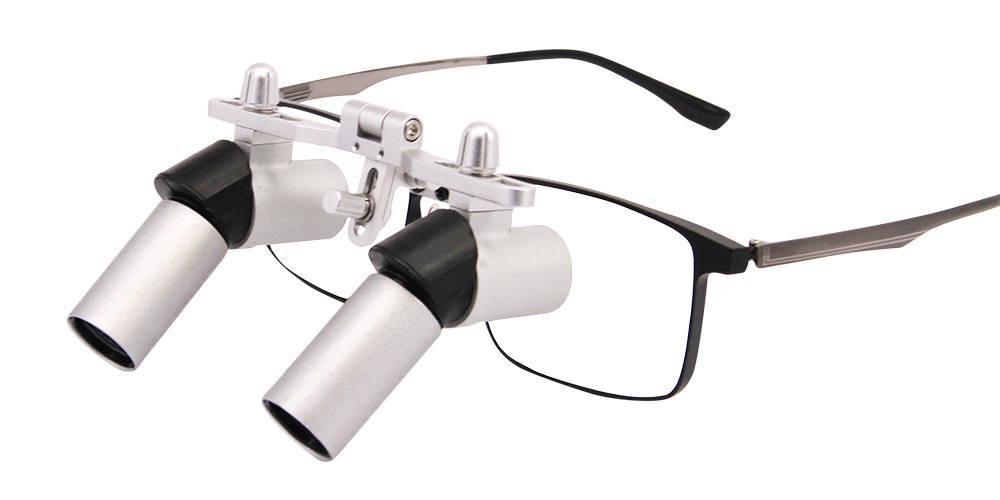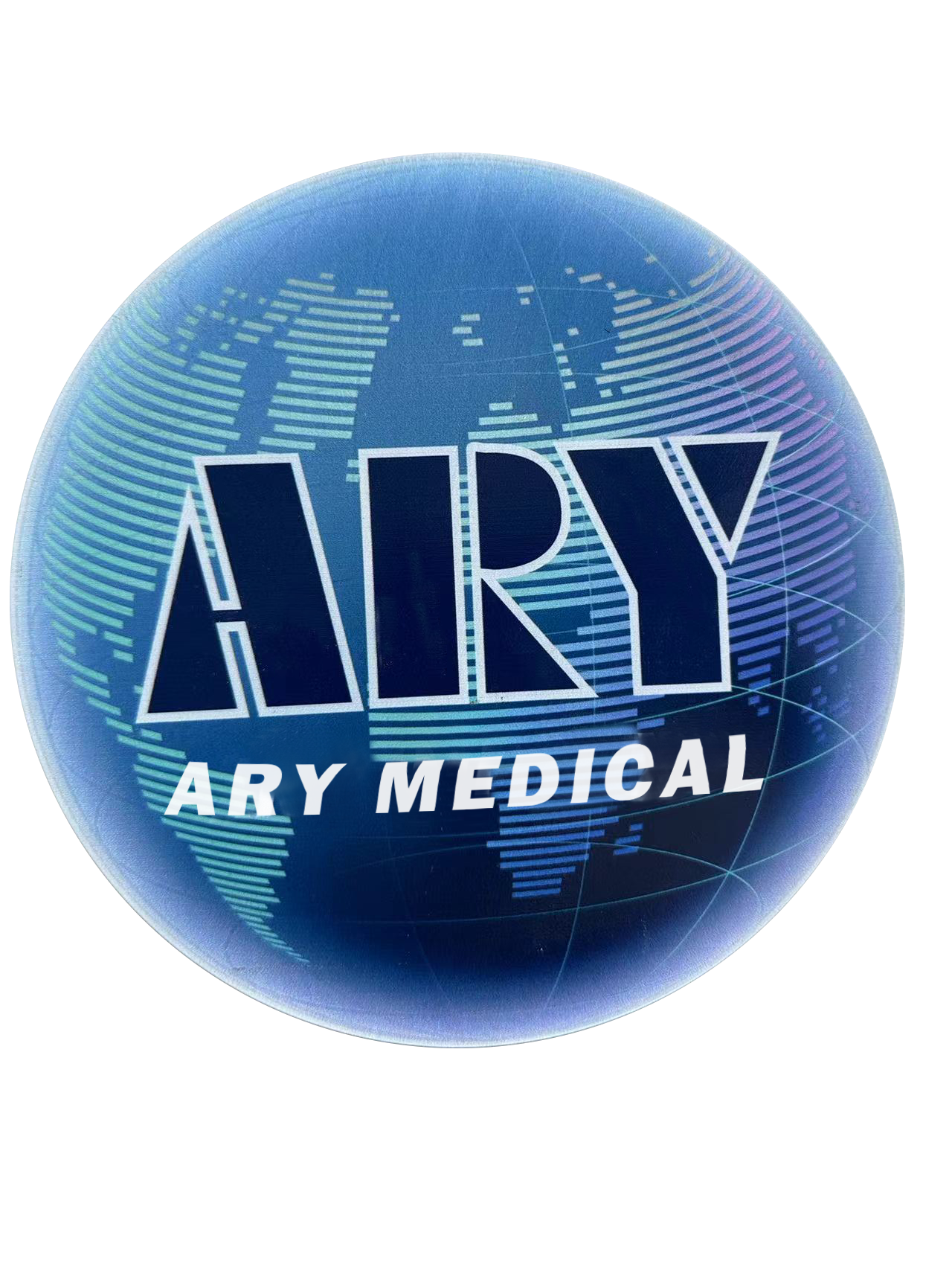You’re deep into a complex procedure, focus absolute. But you find yourself constantly shifting, craning your neck, fighting for a clear line of sight. The overhead lamp, powerful as it is, casts subtle, frustrating shadows right where you need perfect clarity. Sound familiar?
I’ve seen it countless times in operating rooms and dental clinics. The most skilled hands are hampered by mediocre lighting. This is where your standard setup fails, and where a high-performance medical headlight becomes one of your most critical instruments. We’re not just talking about brightness; we’re talking about unlocking a new level of surgical and dental efficiency. This is about achieving true coaxial illumination that banishes shadows from deep cavities and a high Color Rendering Index (CRI) that reveals tissue in its true, diagnostic color. Forget just seeing—this is about seeing flawlessly. In this guide, we’ll explore exactly how the right headlight elevates your practice, cutting down procedure time, reducing physical strain, and delivering the unshakeable confidence that only comes with perfect visibility.
Beyond the Overhead Lamp: Why Your Built-in Lighting Isn’t Enough
Let’s be honest. The large, circular lamp above the surgical table or dental chair is a powerful piece of equipment. It floods the general area with light. But for high-precision work, “general” isn’t good enough. This standard operating room lighting suffers from a fundamental flaw: its light source is fixed and distant from your eyes.
This creates two major problems:
- Shadows: Your own head, hands, and instruments inevitably get in the way, casting shadows directly into the surgical site or oral cavity. You end up in a constant, subconscious battle against these shadows, which compromises surgical precision and adds unnecessary time to procedures.
- Lack of Focus: The light is diffuse. It illuminates everything, but it doesn’t intensely focus on the one small area that demands your full attention.
A dedicated surgeon’s headlamp or dental headlight solves this problem at its core. It moves with you, becoming a true extension of your vision.

Unshadowed Brilliance: How Coaxial Illumination Transforms Your View
This is the magic word: coaxial illumination. It sounds technical, but the concept is simple and revolutionary. It means the beam of light travels along the same axis as your line of sight.
Imagine a tiny, powerful flashlight mounted directly between your eyes. Everywhere you look, a perfect circle of brilliant light appears, with zero shadows. That’s what a high-quality medical headlamp delivers.
For a surgeon working in a deep abdominal cavity or a dentist performing a root canal, this is a game-changer. Shadowless illumination means you’re no longer guessing what’s in the penumbra. You see every detail clearly, allowing you to work faster and with greater confidence. This principle is the single biggest factor in improving deep cavity illumination and overall procedural efficiency.
See Tissues in Their True Colors: The Critical Role of Color Rendering Index (CRI)
Have you ever looked at a piece of tissue and been unsure of its viability? Or struggled to distinguish between different types of tissue because the colors looked washed out? The problem isn’t your eyes; it’s your light source.
The Color Rendering Index (CRI) is a scale from 0 to 100 that measures how accurately a light source reveals the true colors of an object, compared to natural sunlight. A low-CRI light can make reds look brownish or pinkish, masking subtle but critical diagnostic information.
A premium surgical headlight will boast a CRI of 90 or higher. This ensures that tissue, vasculature, and nerves appear in their natural, vibrant state. This enhanced tissue visibility is not a luxury; it’s essential for:
- Accurate Diagnosis: Differentiating between healthy and diseased tissue.
- Surgical Precision: Clearly identifying anatomical structures to avoid inadvertent damage.
- Reduced Eye Fatigue: Your brain isn’t working overtime to compensate for poor color information.
Don’t underestimate the impact of high-CRI lighting. It’s the difference between seeing an approximation and seeing reality.
From Strain to Stamina: The Ergonomic Advantage of a Great Headlight
Long procedures are physically demanding. Holding a static position for hours leads to significant neck and back strain. Constantly adjusting your posture to get a better view under a fixed overhead light only makes it worse.
This is where an ergonomic headlight becomes a vital tool for career longevity. Modern headlights are engineered with a focus on lightweight design. They are carefully balanced to distribute weight evenly, minimizing the feeling of wearing one at all. By eliminating the need to crane your neck for a better view, you can maintain a more natural, upright posture.
This neck strain reduction is profound. Clinicians who switch to a quality, lightweight headlight often report feeling significantly less fatigued at the end of the day. It’s a simple change that pays huge dividends in personal comfort and professional stamina.

Cutting the Cord: The Surprising Efficiency Boost of Wireless Headlights
Cords are a nuisance. They snag on equipment, restrict your movement, and represent a potential tripping hazard in a busy OR or clinic. A cordless surgical headlight or wireless medical light eliminates these issues entirely.
The freedom of movement is liberating. You can turn, pivot, and move around the patient without a second thought. This small change dramatically improves workflow and OR efficiency.
Of course, the key concern with any wireless device is battery life. Modern lithium-ion battery packs are both lightweight and powerful, often providing 8-12 hours or more of continuous, high-intensity light on a single charge—more than enough for a full day of procedures. Many systems come with two batteries, so one can always be charging, ensuring you’re never left in the dark.

More Than Just Light: The Power Duo of Headlights and Loupes
If a headlight is a superpower, then combining it with magnification is the ultimate upgrade. Surgical loupes with light are the gold standard for any procedure that demands microscopic precision.
Magnification in surgery and dentistry reveals a level of detail that is simply invisible to the naked eye. When you pair that magnification with perfect, shadowless coaxial illumination, your ability to perform precise, minimally invasive work skyrockets.
The light illuminates the magnified field of view, ensuring that no detail is lost in shadow. This synergy is particularly crucial for:
- Dentistry: From routine restorative work to complex endodontics, a dental procedure light integrated with loupes is essential.
- Neurosurgery & Vascular Surgery: Where tiny structures must be handled with extreme care.
- Plastics & Reconstructive Surgery: For meticulous suturing and tissue handling.
If you are already using loupes, adding an integrated or clip-on headlight is the single most impactful investment you can make in your practice.

Your Practical Medical Headlight Buying Guide
Convinced? Great. Now, let’s navigate the market. Choosing the right headlight can feel overwhelming, but it boils down to a few key factors. Here’s what to look for.
1. Brightness, Color Temperature, and Eye Fatigue
More brightness (measured in Lux) isn’t always better. An overly bright light can cause glare and eye fatigue. Look for a model with adjustable intensity. Color temperature, measured in Kelvin (K), is also crucial. A “cooler,” bluer light (5500K – 6500K) often appears brighter and enhances detail, while a “warmer,” more neutral light (4000K – 5000K) is often considered more comfortable for long-term use and can offer excellent color rendering. The best choice is subjective, so try a few if you can.
2. Battery Life That Lasts
For a cordless surgical headlight, this is non-negotiable. Look for real-world battery life specifications, not just manufacturer claims. A minimum of 6-8 hours at a typical working intensity is a good benchmark. A system with swappable batteries is a huge plus.
3. Comfort: Weight and Fit
You’ll be wearing this for hours. A heavy or poorly balanced medical headlamp will cause more strain than it solves. Look for a lightweight design and an adjustable, comfortable headband. The difference between 150 grams and 300 grams is enormous at the end of a long day.
4. Adjustable Spot Size
The ability to change the diameter of the light beam is incredibly useful. A wide beam is great for general orientation, while a focused, adjustable spot size is perfect for zeroing in on a specific area. This feature allows you to tailor the illumination to the task at hand without creating distracting peripheral glare.
5. Durability and Reliability
This is a professional tool, not a consumer gadget. It needs to withstand the rigors of a clinical environment. Look for high-quality materials, robust construction, and a good warranty.
6. Compliance: FDA and CE Marks
Ensure any medical device you purchase is compliant with regulatory standards. Look for FDA approved or CE certified markings. This is your assurance that the product has been tested for safety and efficacy.
7. Integration with Loupes
If you use or plan to use loupes, consider a headlight system designed to integrate with them. Many companies offer packages that include both surgical loupes with light, ensuring a perfect fit and optimal balance.
The Final Word: Better Light, Better Outcomes
Upgrading from standard operating room lighting to a personal, high-performance surgical headlight is one of the most impactful investments a clinician can make. It’s not just about comfort or convenience; it’s about fundamentally enhancing your ability to perform at the highest level.
By providing shadowless illumination, superior tissue visibility, and ergonomic comfort, a medical headlight directly contributes to greater procedural efficiency, reduced physical strain, and ultimately, better patient outcomes. You work with more confidence, more precision, and less fatigue.
It’s time to step out of the shadows cast by outdated lighting and into the brilliant, focused beam of a tool designed to be an extension of your own skill.

.jpg)
